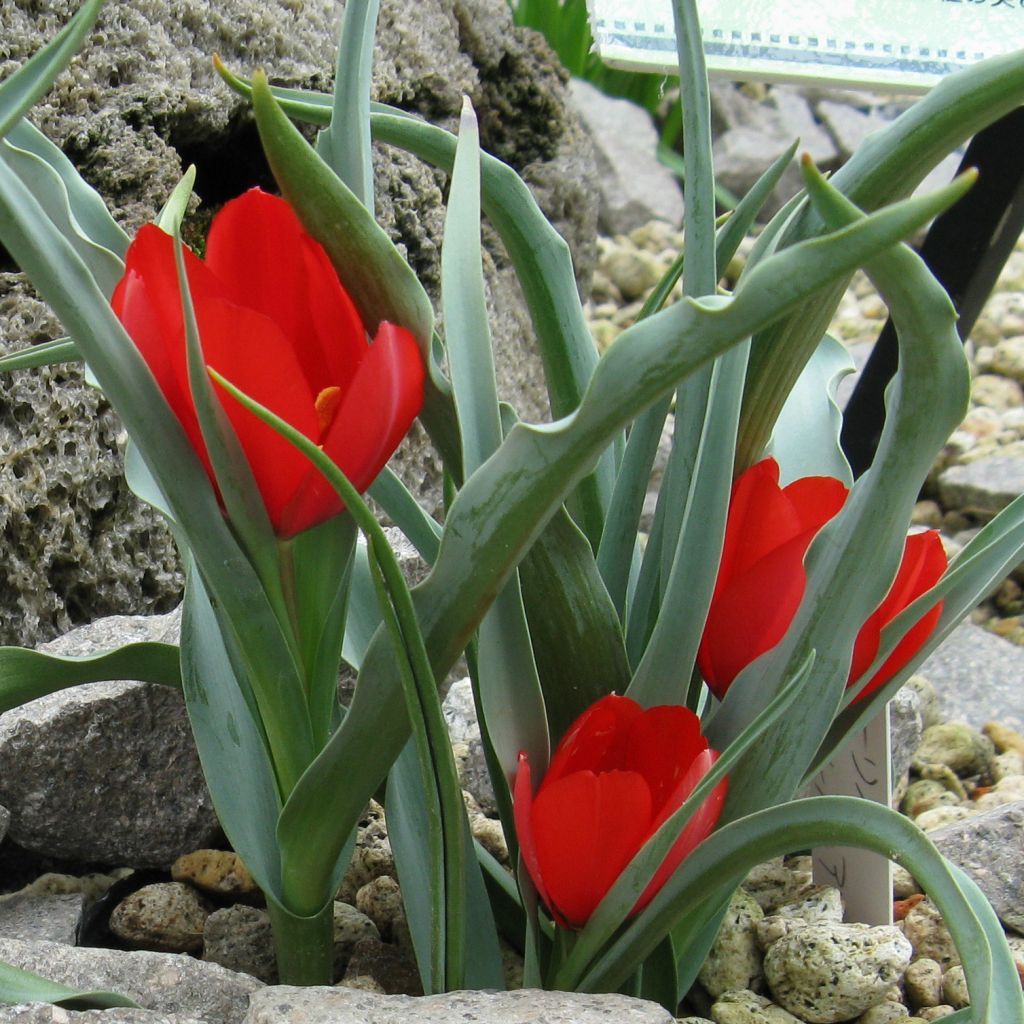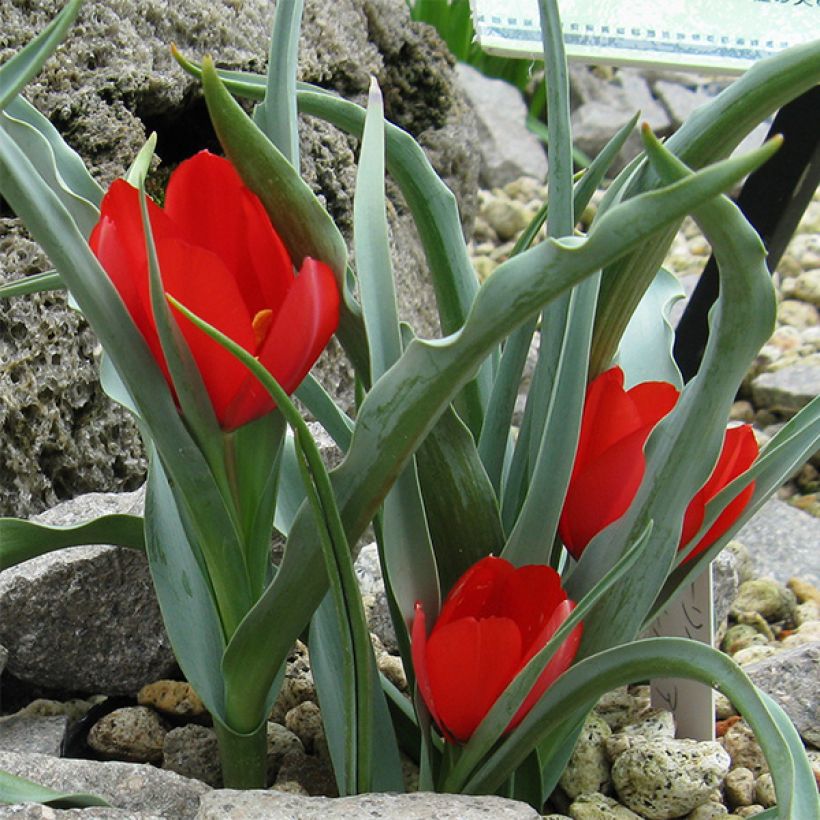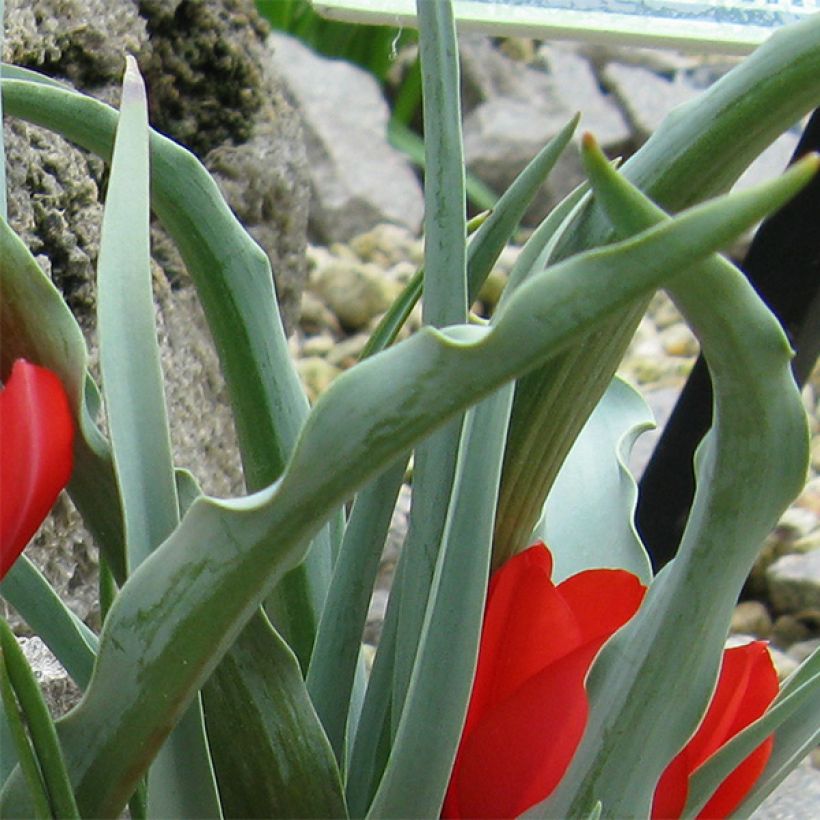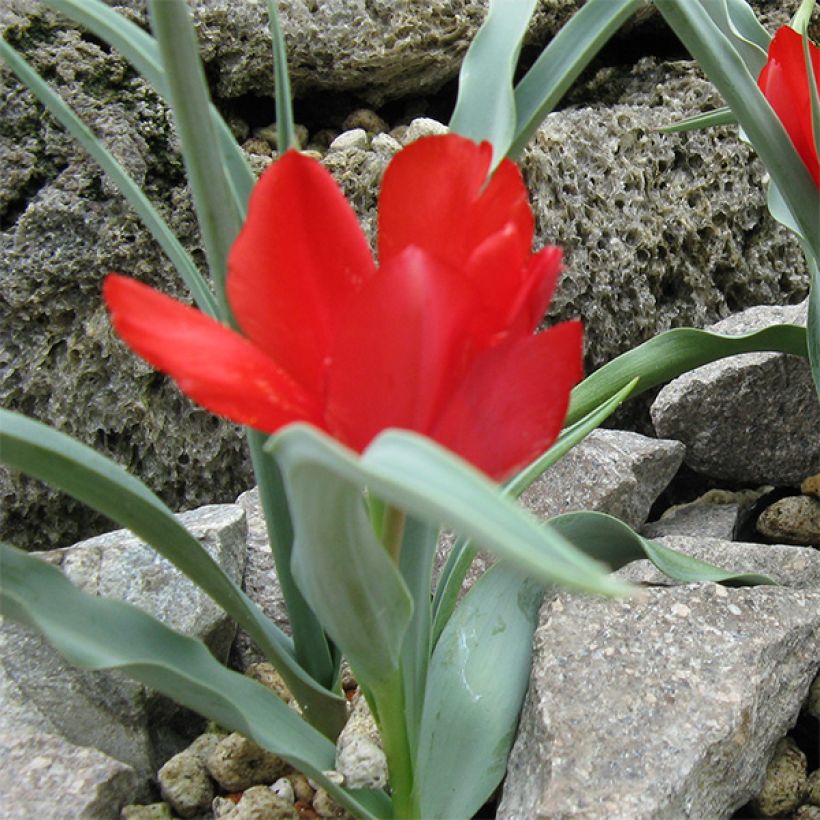Shipping country and language
Your country of residence may be:
Your country of residence is:
For a better user experience on our website, you can select:
Your shipping country:
-
Andorra
-
Austria
-
Belgium
-
Bulgaria
-
Canada
-
Chile
-
Croatia
-
Cyprus
-
Czechia
-
Denmark
-
Estonia
-
Finland
-
France
-
Germany
-
Greece
-
Hungary
-
Iceland
-
Ireland
-
Italy
-
Latvia
-
Lithuania
-
Luxembourg
-
Malta
-
Monaco
-
Netherlands
-
Poland
-
Portugal
-
Romania
-
Slovakia
-
Slovenia
-
Spain
-
Sweden
-
Switzerland
-
United Kingdom
We only deliver seed and bulb products to your country. If you add other products to your basket, they cannot be shipped.
Language:
-
French
-
German
-
Spanish
-
English
-
Italian
My Account
Hello
My wish lists
Log in / Register
Existing customer?
New customer?
Create an account to track your orders, access our customer service and, if you wish, make the most of our upcoming offers.


Tulipa botanique wilsoniana
Tulipa wilsoniana - Botanical Tulip
Tulipa wilsoniana
Mountain Tulip
Order in the next for dispatch today!
Dispatch by letter from €3.90.
Delivery charge from €5.90 Oversize package delivery charge from €6.90.
Current delivery delay: 2 days.
More information
This item is not available in your country.
Schedule delivery date,
and select date in basket
This plant carries a 6 months recovery warranty
More information
We guarantee the quality of our plants for a full growing cycle, and will replace at our expense any plant that fails to recover under normal climatic and planting conditions.
From €5.90 for pickup delivery and €6.90 for home delivery
Express home delivery from €8.90.

Does this plant fit my garden?
Set up your Plantfit profile →
Description
Tulipa wilsoniana is a small botanical species of tulip with intense vermilion red flowers with a blue-black heart which are relatively large compared to its foliage. They bloom in late March or early April, amidst linear green-blue waxy-looking foliage. This wild plant hides a tough temperament and bulb beneath its dazzling flowers, inherited from the harsh conditions it encounters in the wild in its native mountains of Turkmenistan, at an altitude of 3000m (9842ft). It is perfectly hardy, adapted to summer drought, and can tolerate rocky and poor soils.
The Botanical Tulip wilsoniana belongs to the lily family. This small bulbous plant is native to Central Asia, where it grows in particularly difficult conditions. Simple and unpretentious, this little tulip develops from a thick bulb, covered with a very tough epidermis, with a woolly tip that protects a tender bud from the mountain rigours. When in flower, it will not exceed 15cm (6in) high. Its foliage, which sometimes emerges as early as January, is thin, greenish-grey, and covered with a waxy film that gives it a greyish or bluish appearance. The flowers appear in April, earlier or later depending on the climate, very close to the foliage. They are initially rounded then open up into round corollas with a diameter of 5cm (2in). They are a shiny poppy red with a very dark blue centre with golden yellow stamens. They open in the sun and close when it hides.
Botanical tulips do not degenerate over time like large-flowered tulips. They naturalise and remain in place for several years without any particular care, and thrive in borders and rockeries. To create colourful scenes, they can be associated with various small bulbous plants: crocuses, muscari, cyclamen coum, snowdrops, scillas... These tulips are unrivalled in bringing the colour of spring to pots or sunny gardens.
There are various wild species, many of which are endangered. In cultivation, they are called " botanical tulips ", and one of the most common is the wild tulip (Tulipa sylvestris), which often used to grow sheltered by vineyards and whose subspecies australis is known as the southern tulip.
Report an error about the product description
Tulipa wilsoniana - Botanical Tulip in pictures






Plant habit
Flowering
Foliage
Botanical data
Tulipa
wilsoniana
Liliaceae
Mountain Tulip
Central Asia
Planting and care
Plant Tulipa wilsoniana bulbs in autumn, from September to December, at a depth of 10 cm (4in), 10 cm (4in) apart in ordinary, slightly acidic, neutral, or slightly alkaline, loose, well-worked, light, and well-draining soil. Botanical tulips like dry soil in summer and cold winters. Never add poorly decomposed manure or compost to the planting soil, as this could cause the bulbs to rot. Tulips will thrive in moist to dry soil, in a sunny or partially shaded location.
After flowering, their foliage becomes unsightly. We recommend planting Tiarella, Brunnera, Euphorbia Cyparissia or creeping gypsophila in the foreground of your flower beds. Their foliage will enhance the colours of your tulips, and elegantly conceal the yellowing leaves.
Planting period
Intended location
Care
This item has not been reviewed yet - be the first to leave a review about it.
Haven't found what you were looking for?
Hardiness is the lowest winter temperature a plant can endure without suffering serious damage or even dying. However, hardiness is affected by location (a sheltered area, such as a patio), protection (winter cover) and soil type (hardiness is improved by well-drained soil).

Photo Sharing Terms & Conditions
In order to encourage gardeners to interact and share their experiences, Promesse de fleurs offers various media enabling content to be uploaded onto its Site - in particular via the ‘Photo sharing’ module.
The User agrees to refrain from:
- Posting any content that is illegal, prejudicial, insulting, racist, inciteful to hatred, revisionist, contrary to public decency, that infringes on privacy or on the privacy rights of third parties, in particular the publicity rights of persons and goods, intellectual property rights, or the right to privacy.
- Submitting content on behalf of a third party;
- Impersonate the identity of a third party and/or publish any personal information about a third party;
In general, the User undertakes to refrain from any unethical behaviour.
All Content (in particular text, comments, files, images, photos, videos, creative works, etc.), which may be subject to property or intellectual property rights, image or other private rights, shall remain the property of the User, subject to the limited rights granted by the terms of the licence granted by Promesse de fleurs as stated below. Users are at liberty to publish or not to publish such Content on the Site, notably via the ‘Photo Sharing’ facility, and accept that this Content shall be made public and freely accessible, notably on the Internet.
Users further acknowledge, undertake to have ,and guarantee that they hold all necessary rights and permissions to publish such material on the Site, in particular with regard to the legislation in force pertaining to any privacy, property, intellectual property, image, or contractual rights, or rights of any other nature. By publishing such Content on the Site, Users acknowledge accepting full liability as publishers of the Content within the meaning of the law, and grant Promesse de fleurs, free of charge, an inclusive, worldwide licence for the said Content for the entire duration of its publication, including all reproduction, representation, up/downloading, displaying, performing, transmission, and storage rights.
Users also grant permission for their name to be linked to the Content and accept that this link may not always be made available.
By engaging in posting material, Users consent to their Content becoming automatically accessible on the Internet, in particular on other sites and/or blogs and/or web pages of the Promesse de fleurs site, including in particular social pages and the Promesse de fleurs catalogue.
Users may secure the removal of entrusted content free of charge by issuing a simple request via our contact form.
The flowering period indicated on our website applies to countries and regions located in USDA zone 8 (France, the United Kingdom, Ireland, the Netherlands, etc.)
It will vary according to where you live:
- In zones 9 to 10 (Italy, Spain, Greece, etc.), flowering will occur about 2 to 4 weeks earlier.
- In zones 6 to 7 (Germany, Poland, Slovenia, and lower mountainous regions), flowering will be delayed by 2 to 3 weeks.
- In zone 5 (Central Europe, Scandinavia), blooming will be delayed by 3 to 5 weeks.
In temperate climates, pruning of spring-flowering shrubs (forsythia, spireas, etc.) should be done just after flowering.
Pruning of summer-flowering shrubs (Indian Lilac, Perovskia, etc.) can be done in winter or spring.
In cold regions as well as with frost-sensitive plants, avoid pruning too early when severe frosts may still occur.
The planting period indicated on our website applies to countries and regions located in USDA zone 8 (France, United Kingdom, Ireland, Netherlands).
It will vary according to where you live:
- In Mediterranean zones (Marseille, Madrid, Milan, etc.), autumn and winter are the best planting periods.
- In continental zones (Strasbourg, Munich, Vienna, etc.), delay planting by 2 to 3 weeks in spring and bring it forward by 2 to 4 weeks in autumn.
- In mountainous regions (the Alps, Pyrenees, Carpathians, etc.), it is best to plant in late spring (May-June) or late summer (August-September).
The harvesting period indicated on our website applies to countries and regions in USDA zone 8 (France, England, Ireland, the Netherlands).
In colder areas (Scandinavia, Poland, Austria...) fruit and vegetable harvests are likely to be delayed by 3-4 weeks.
In warmer areas (Italy, Spain, Greece, etc.), harvesting will probably take place earlier, depending on weather conditions.
The sowing periods indicated on our website apply to countries and regions within USDA Zone 8 (France, UK, Ireland, Netherlands).
In colder areas (Scandinavia, Poland, Austria...), delay any outdoor sowing by 3-4 weeks, or sow under glass.
In warmer climes (Italy, Spain, Greece, etc.), bring outdoor sowing forward by a few weeks.